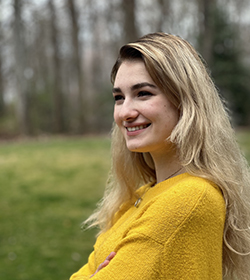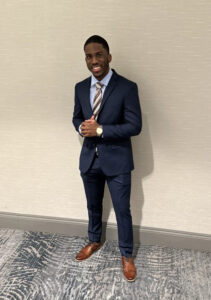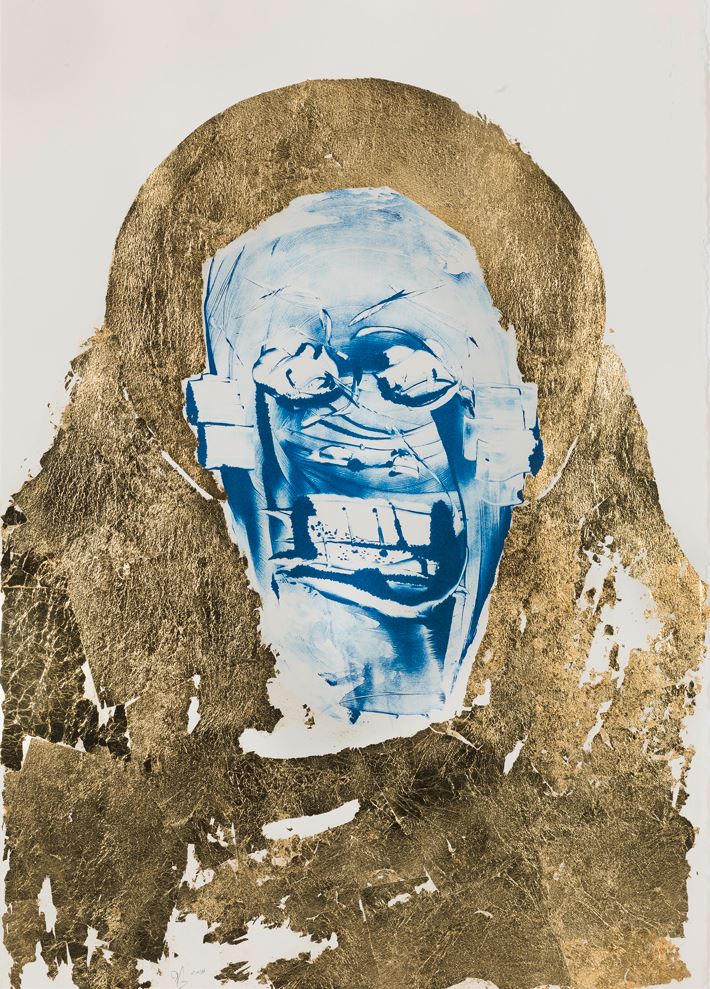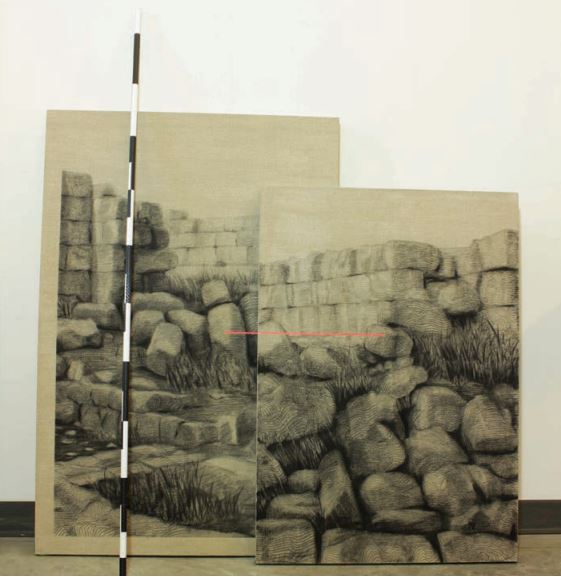Phillips Educator Carla Freyvogel on Lou Stovall’s poetry, and the poetry it inspired.
Many visual artists are also writers. Lou Stovall (1937-2023) was a touching example. He wrote love poems to his wife, Di. His commencement speech to the Corcoran Gallery of Art’s graduating class was delivered in the form of a poem. He also reflected on his love of nature in his elegant prints of woodland scenes with his uplifting verse “The Coming Yield” (1974):
The Coming Yield
I’ve known
some fields
I’ll bravely say,
For I have sown
an oat today.
Call it seven
you’ll hear me say
a direct route
is my highway.
Spirits high, help
Keep me gay
for I will surely
earn my pay.
I’ll sow an oat
each single day,
it helps to keep
me on my way.
It seemed fitting that as our Guided Meditation community reflected on Stovall’s vibrant collaged monoprint Roses IX, we considered a poetic response. April was National Poetry month after all!
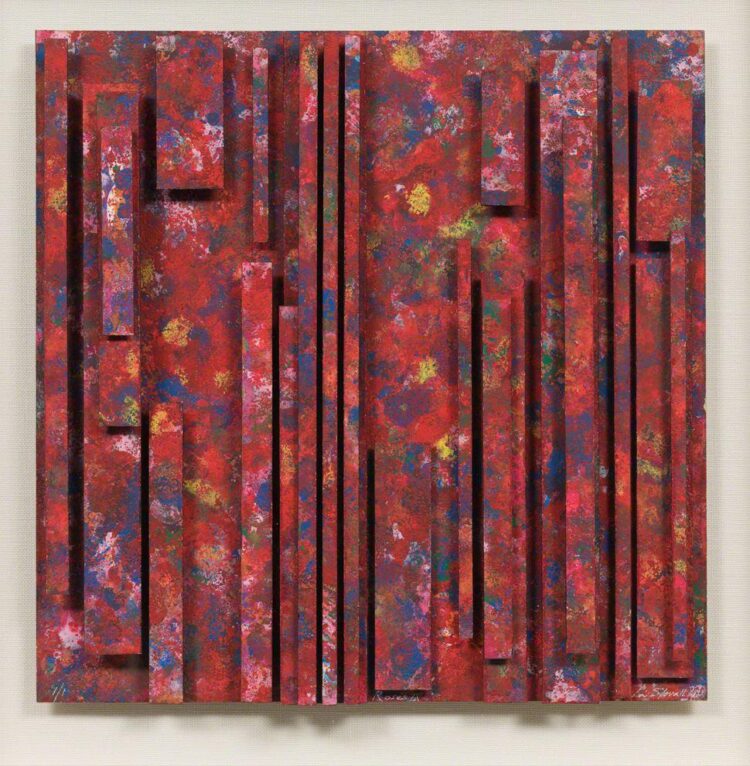
Lou Stovall, Roses IX, 2011, Screenprint collage, 28 x 28 in., The Phillips Collection, Gift of Di and Lou Stovall, 2019

Sam Gilliam, Red Petals, 1967, Acrylic on canvas, 88 x 93 in., The Phillips Collection, Acquired 1967
To enrich the inspiration, we placed Roses XI in “conversation” with Sam Gilliam’s Red Petals. The two artists were lifelong friends and collaborators. They both lived in Washington, DC, and had deep ties to The Phillips Collection.
So, as the two works were shown side by side on the screen, poetic responses flowed into the chat. With those words re-assembled below, we see that National Poetry Month found its expression in our Guided Meditation community that day.
Subrosa Erupting
Linear roses draped, two hearts flowing,
Disturbed flowers ascending, a red-black hole swirling.
Zoom in, zoom out
Zoom out, zoom in
Rhythmic dancing, harmonic singing, airy, meditative
Straight-laced, calculated, expansive, and free
Emerging, then blooming.
An extrovert? An introvert?
Confined or released?
Luminous, floating, and reaching
watery vibrancy emanating and surrounded
Expanding outward.
Choppy risings, bleeding, slowly bleeding…
Glory! Gory!
Dynamite explosion, submerged calm depth
Confined and released
A floating journey through the universe, then
Close-up landing!


